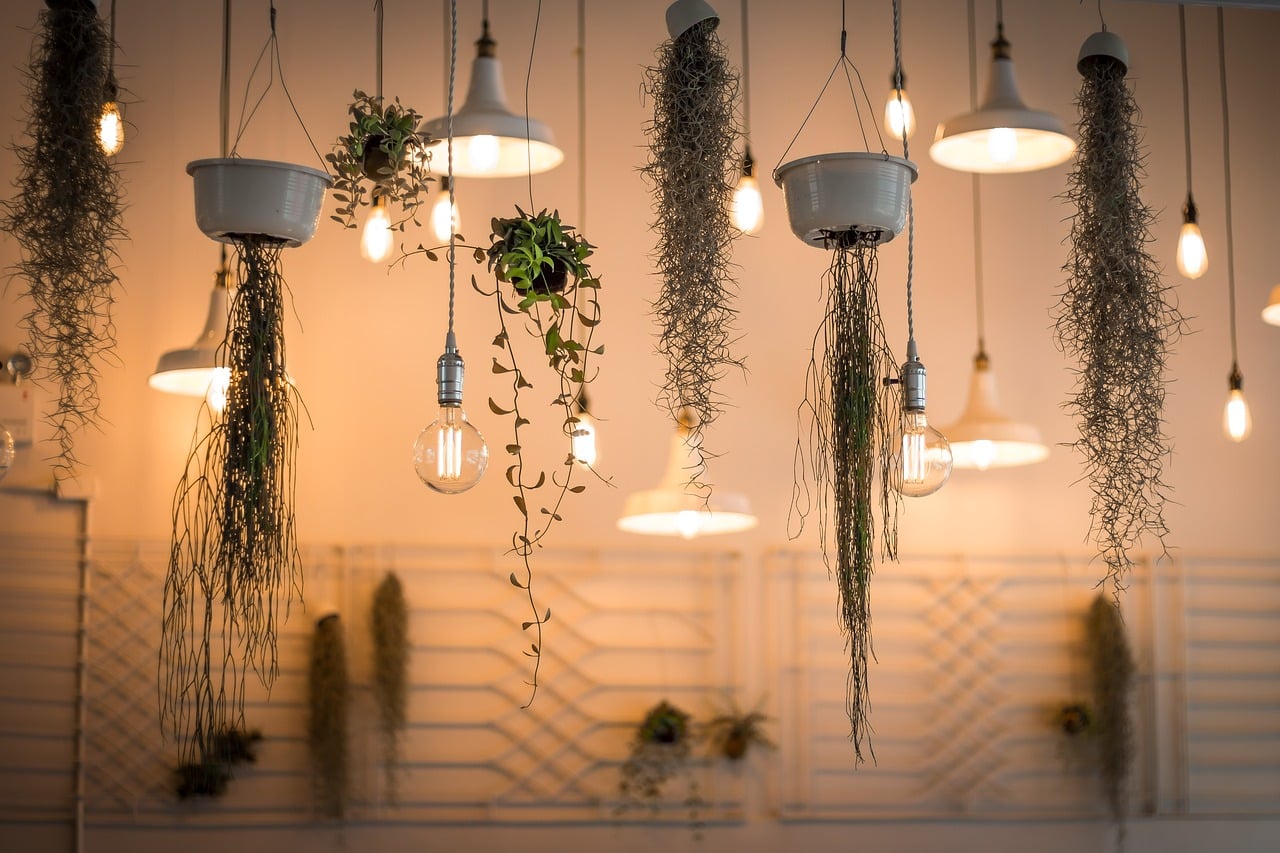Crafting the perfect piece of artwork isn’t just about having the right brushes, the superior strokes or the finest oil paints. Crucial to the process is how well your studio is lit. Lighting plays a pivotal role in the way colors are perceived, influencing the overall appeal and success of your artwork. In your home artist’s studio, you need an effective lighting setup that can bring out the best in your oil paintings.
In this article, we’ll delve into the optimal lighting setup for a home artist’s studio focused on oil painting. We’ll examine different types of light sources, the temperature they generate, their color rendering index (CRI), and how to manipulate them to create a conducive workspace that will elevate your artistry.
A lire également : How Can You Create a Safe and Stimulating Play Area for Toddlers with Limited Space?
Understanding the Importance of Light in Art
Before we dive into the specifics of setting up your studio lighting, let’s first understand why light is such a crucial element in art. It’s essential to your working environment, but it also plays a significant role in the creation of your artwork itself.
Light is the medium that allows us to perceive the world around us. In painting, light helps to define texture, shape, and color. It can set the mood of a piece and create depth and contrast. The way a scene is lit can dramatically alter the viewer’s perception and interpretation of the artwork.
A découvrir également : What’s the Best Way to Design an Adjustable Bookshelf for Varied Book Heights?
When you’re working in your studio, the quality of light can affect how you see and mix your colors. This is why it’s essential to have a light source that most accurately represents the color of your painting. Different light sources will have different color temperatures, affecting how colors appear. Moreover, the consistency of your light source is crucial. Changes in natural light throughout the day can affect the way colors appear, causing discrepancies in your work.
Choosing the Right Light Source
There are various types of light sources you might consider for your artist’s studio, including LED bulbs, natural light, and north light. Each source has its pros and cons, and understanding these can help you make an informed decision about what will work best in your studio space.
LED bulbs are energy-efficient and long-lasting. They also offer a range of color temperatures, allowing you to create the ideal lighting environment for your work. However, not all LED bulbs have a high Color Rendering Index (CRI). CRI is a scale that measures how accurately a light source can reveal the colors of an object compared to a natural light source. A higher CRI means better color accuracy.
Natural light, specifically north light, is often considered the ideal light source for artists. North light is soft, indirect, and relatively consistent throughout the day, providing a stable light source that won’t alter the appearance of your colors. However, relying on natural light isn’t always practical. Weather conditions can significantly alter the quality of light, and you’re limited to working during daylight hours.
Creating the Perfect Light Setup
After you’ve chosen your light source, the next step is to create a lighting setup that will maximize its benefits. This involves considering the layout of your studio, the placement of your easel, and where your lights will be positioned.
Work with the architecture of your space. If you’re using natural light, position your easel near a north-facing window to capture the most consistent light. If north light isn’t available, use window coverings like sheer curtains or blinds to diffuse the light and prevent harsh shadows.
If you’re using artificial light, such as LED bulbs, consider installing them in a way that mimics natural light. A combination of overhead and side lights can help create a balanced light environment that minimizes shadows and provides good color accuracy.
Adapting to Different Artistic Requirements
Finally, remember that there’s no one-size-fits-all solution when it comes to lighting an artist’s studio. What works for one artist might not work for another, and what works for one piece of art might not work for the next.
For example, if you’re painting a piece with strong contrasts and vibrant colors, you might want a brighter light source to bring out these elements. On the other hand, if you’re working on a piece with subtler hues, a softer light might be more appropriate.
Similarly, the size of your artwork can impact the type of lighting you need. Larger pieces might require more potent light sources or multiple lights to ensure the entire work is adequately illuminated.
In conclusion, creating the ideal lighting setup for your home artist’s studio involves understanding the role of light in art, choosing the right light source, crafting the perfect light setup, and adapting to different artistic requirements. With the right lighting, your studio will become a comfortable workspace where your artistic vision can truly shine.
The Role of Color Temperature in Artistic Lighting
One of the key aspects to consider when setting up lighting for your art studio is color temperature. The color temperature of your light source can greatly affect how colors appear in your artwork. In essence, color temperature refers to the warmth or coolness of light. It is measured in Kelvin (K) and can range from cool blue light to warm yellow light.
Light sources with a low color temperature (around 2000-3000K) produce a warm, yellowish light, similar to what you would see at sunset. Light sources with a high color temperature (around 5000-6500K) produce a cool, bluish light, similar to a cloudy daylight.
Artists often prefer light sources with a high color temperature because they create a neutral, white light that doesn’t distort colors. This is particularly crucial for oil painting, where accurate color rendering is vital. However, keep in mind that not all light sources with the same color temperature will render colors the same way. This is where the color rendering index (CRI) comes into play.
The CRI of a light source measures its ability to reveal the true colors of objects compared to a standard (usually natural light). A high CRI (above 90) means that the light source renders colors very accurately. For artists, a light source with a high CRI is ideal as it allows you to see and mix your colors more accurately.
Striking a Balance: Natural Light vs. Artificial Light
When it comes to choosing between natural and artificial lighting, each has its advantages and drawbacks. Natural light, particularly north light, is often favored by artists for its soft, diffused quality and high color accuracy. A north-facing window can provide a consistent and reliable source of light throughout the day, without the harsh, direct sunlight that can cause glare and shadows.
However, relying solely on natural light can be impractical. Weather changes can significantly affect the quality and intensity of natural light. Plus, you’re limited to daylight hours for your work.
On the other hand, artificial lighting offers control and consistency. With technology advancements, there are now various artificial light sources available that can closely mimic the quality of natural light. LED lights, for example, are energy-efficient, long-lasting, and offer a wide range of color temperatures.
However, it’s essential to choose an artificial light source with a high CRI to ensure accurate color rendering. Compact fluorescent lights (CFLs) and full-spectrum fluorescent tubes are also good options for studio lighting.
When using artificial lighting, consider the placement of your lights to minimize shadows. Overhead and side lights can help mimic the effect of natural light and create a balanced, even illumination.
Conclusion: Illuminating Your Artistic Vision
In conclusion, the ideal lighting setup for a home artist’s studio depends on a careful understanding of light and its impact on visual perception. Whether you choose to work under the consistency of artificial light or the natural brilliance of north light, remember the importance of color temperature and color rendering in displaying the true colors of your artwork.
Creating the right lighting environment involves not only selecting the right light sources, but also considering the layout of your studio, the placement of your easel, and the direction of light in relation to your artwork. It may require some trial and error, but with a thoughtful approach, you can create a lighting setup that enhances your artistic process and brings out the best in your oil paintings.
Remember, “Light is the first of painters. There is no object so foul that intense light will not make it beautiful.” – Erin Hanson. So, let your studio light shine brightly, and let it illuminate your artistic journey.










